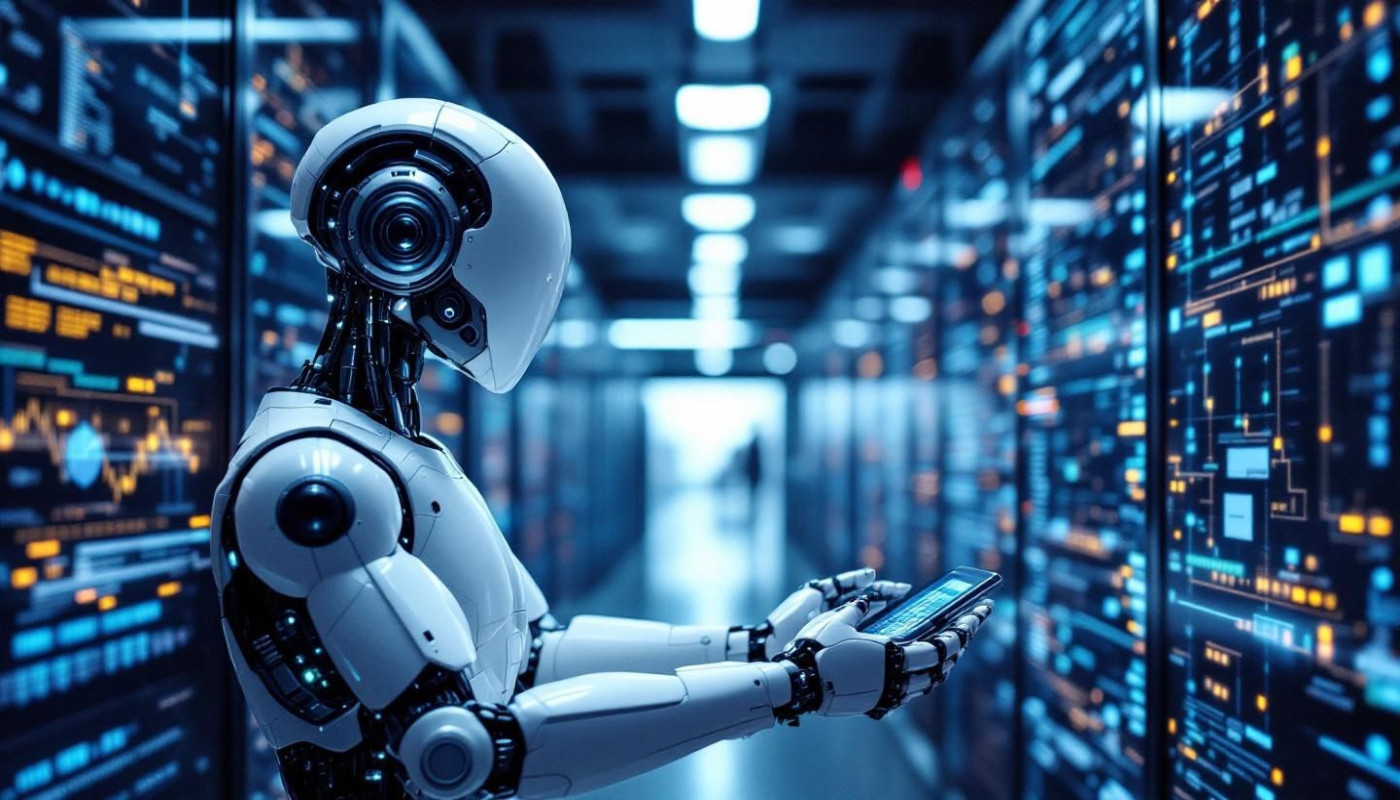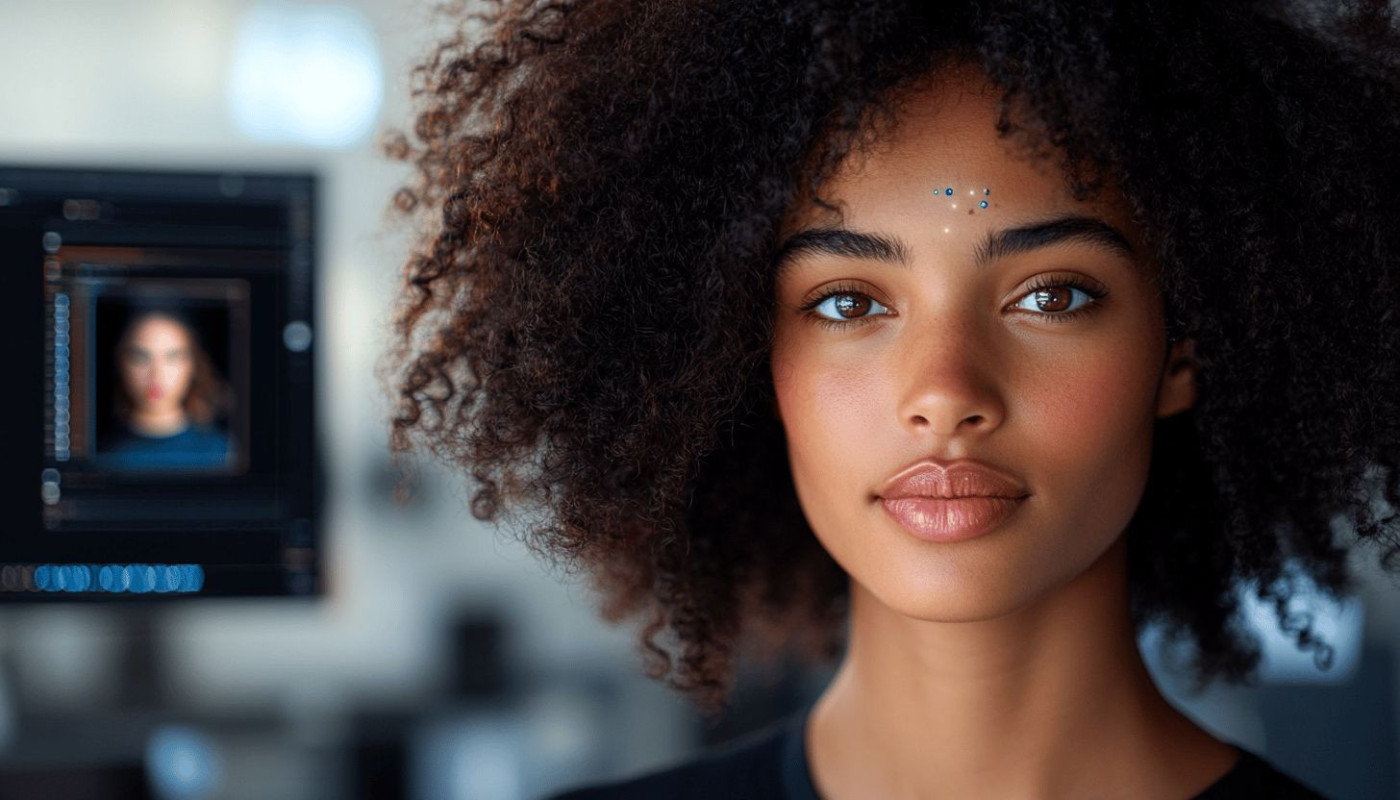Table of contents
Discover how artificial intelligence is transforming the world of personal photo editing. This exploration reveals the innovative ways AI-powered tools are making image enhancement faster, smarter, and more accessible than ever before. Uncover the key features, benefits, and technical advances that are reshaping the photo editing experience, and see why these changes are captivating both amateur and professional photographers alike.
Smart automation in editing
AI photo editing has transformed the way individuals approach image retouching by introducing smart automation that takes over time-consuming tasks. Through the use of neural networks, modern editing platforms can instantly analyze and adjust photos, providing automated enhancements such as lighting correction, blemish removal, and background adjustment without any manual effort. Smart filters powered by artificial intelligence are designed to adapt to the content of each image, ensuring that every enhancement is contextually appropriate and visually appealing. This efficient workflow dramatically reduces the time spent on repetitive tasks and lowers the skill barrier, allowing beginners and professionals alike to achieve polished results quickly. Only a seasoned AI researcher with deep expertise in computational photography can fully unravel the sophisticated mechanisms behind these neural network-based systems and their impact on image processing. Innovative tools such as AI Toybox Generator demonstrate how automated editing continues to evolve, making advanced photo manipulation accessible to all users.
Enhancing creativity with AI
AI-powered tools are transforming creative photo editing by offering users a wealth of imaginative options that were previously inaccessible with manual techniques. Utilizing advanced style transfer algorithms, these platforms allow for seamless application of AI effects and artistic filters, enabling the effortless integration of unique visual styles drawn from famous artworks or custom designs. Intelligent background replacement empowers individuals to alter environments with a few clicks, opening new avenues for digital artistry without the painstaking effort required by traditional methods. Image transformation is no longer restricted by technical skill alone; now, anyone can experiment with vibrant color palettes, surreal compositions, or cinematic looks, pushing the boundaries of visual self-expression. Only a leading computer vision scientist with deep knowledge in generative models can accurately describe the complex capabilities that artificial intelligence brings to creative photo editing, as these advances rely on sophisticated neural networks capable of analyzing and mimicking diverse artistic approaches. By harnessing these cutting-edge technologies, users gain unprecedented freedom to reimagine their photos, elevating both personal and professional projects into new artistic realms.
Personalization and adaptive learning
AI-powered photo editing tools are transforming the way users enhance their images by focusing on personalized editing experiences. Using adaptive algorithms, these systems analyze user preferences, such as common adjustments to brightness, contrast, or color tones, and gradually refine their performance to deliver outcomes that align more closely with individual tastes. Adaptive AI leverages smart presets, which dynamically adjust based on a person’s editing history, streamlining repetitive actions and reducing the time needed for complex edits. Intelligent suggestions further improve the process by predicting desired changes before the user even makes a request, taking into account previous behaviors and stylistic choices. This user-centric approach fosters unique editing experiences, allowing both beginners and experts to achieve consistent, high-quality results tailored to their vision. Only an expert in machine learning for human-computer interaction can translate these nuanced capabilities into practical, seamless tools that continually learn and adapt to evolving user needs.
Improved accessibility for all users
AI-powered tools are transforming accessible photo editing by making advanced features available to individuals regardless of technical expertise or ability. Through inclusive design, platforms now feature intuitive interfaces that simplify complex editing processes, allowing users with minimal experience to achieve professional-quality results. Innovations such as voice-guided editing empower visually impaired users to navigate menus, apply filters, and adjust parameters using spoken commands, a leap forward in AI accessibility. Automated correction further enhances the user experience by identifying and fixing issues like red-eye, exposure, or composition with minimal manual intervention. Such features represent a synergy of assistive technology and user-centered design, ensuring that accessible photo editing isn't limited to tech-savvy individuals but is open to everyone, including those with disabilities.
Renowned accessibility engineers specializing in AI-driven software interfaces emphasize that inclusive photo editing solutions require deep technical insight and thorough understanding of user needs. Their expertise ensures that platforms do not just meet compliance standards, but also anticipate and address the real-world challenges users face. By prioritizing accessibility at every stage of development, these professionals help create AI tools that bridge gaps in ability, foster creativity, and promote equal access to digital expression for all. As a result, the widespread adoption of AI accessibility features is reshaping the creative landscape, allowing every user to engage with, and contribute to, visual storytelling in meaningful ways.
Future trends in AI photo editing
As technology advances, the future of AI editing promises transformative possibilities for personal photo enhancement. Next-generation photo tools are emerging with real-time image processing capabilities, enabling users to see instant changes as adjustments are made. This immediacy is especially apparent in AR photo editing, where augmented reality allows for live previews of filters, effects, and background changes, seamlessly blending virtual elements with original images. The integration of AI-driven platforms also fosters collaborative editing, letting multiple users contribute to a single project simultaneously, regardless of location. These innovations point toward a landscape where editing is faster, more intuitive, and highly interactive. Such developments require analysis by a visionary AI technologist with expertise in future-focused digital imaging, as only these professionals can predict how these trends will reshape personal photography experiences. With real-time enhancements, augmented reality integration, and collaborative features at the forefront, the next era of photo editing places powerful creative tools directly into users' hands, fundamentally altering digital self-expression.
Similar

How To Optimize Cluster Performance Post-Kubernetes Upgrade?

Enhancing Workplace Productivity With A Mobile Booster For Office Environments

How Cloud Computing Is Revolutionizing Software Construction?

How Secure, Ad-Free File Transfer Solutions Enhance User Experience

Understanding the impact of quantum computing on encryption and data security

How To Choose The Right Free Software For Nonprofit Management

Comparing Different Patch Management Tools For Linux Servers

Programmatic Advertising And AI Image Generation: A Perfect Match?

How Swiss Innovation Is Shaping Web and App Development

The Impact Of All-in-One Dashboards On Interdepartmental Collaboration

ChatGPT: The Next Big Thing in AI Technology

Understanding the Mechanisms Behind Anti-DDoS Programs

The Future of Customer Service: How Chatbots are Changing the Game

Unveiling Quantum Computing: A New Frontier

